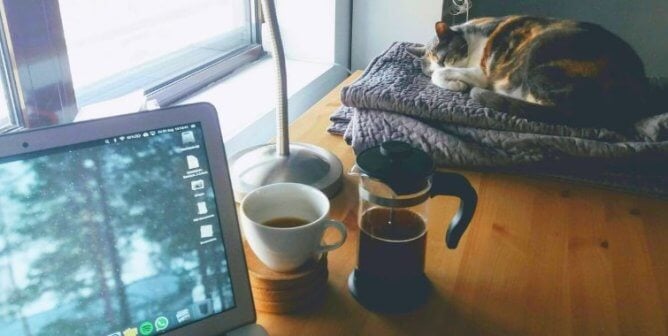Rabbits are meticulously clean and almost never need a bath. Bathing them can even be harmful, since they tend to panic in water and may fracture a limb or their spine if they thrash around. Wet rabbits can also catch a chill and suffer from pneumonia, respiratory infections, hypothermia, and other life-threatening conditions.
You should only bathe a bunny when specifically instructed to do so by a knowledgeable veterinarian who specializes in rabbit care.
There may be certain situations when it’s necessary to spot-clean bunnies’ bottoms—for example, if an “adventurous” bunny spills your smoothie or topples over your scrambled tofu. But it’s usually not safe or beneficial to wet down the bunny’s whole body.
A photo posted by Marbee Moo, Olive & Taffy (@bunnymama) on Sep 7, 2015 at 1:31am PDT
The main reason to spot-clean a rabbit is because of a messy backside, which can indicate a poor diet that’s too high in sugar. It can also be a symptom of dental problems, spinal and/or arthritic pain, overweight, bladder stones, or another serious problem, so you should consult a veterinarian if your rabbit’s rump is often soiled. A good way to avoid a messy bottom is to keep the litterbox clean. It needs to be changed daily, and rabbits will no doubt get messy bottoms if they’re sitting in a dirty box. In fact, they often enjoy relaxing and munching on timothy hay while using the litterbox!
A photo posted by Schmoopy & family (@schmoopybunny) on Sep 10, 2015 at 5:53pm PDT
A messy bottom is unsanitary and uncomfortable and can lead to other problems, including skin sores, urine scalding, and even flystrike. While your vet determines the underlying problem, you should keep your bunny calm and comfortable by providing a gentle “butt bath” to help keep irritating waste matter away from the skin.
A photo posted by 🌺 Toffee Mama 🌺 (@toffeerabbit) on Feb 17, 2015 at 6:46am PST
Your vet can best instruct you on the proper way to give a rabbit a dry butt bath, but generally you’ll need to purchase a container of baby cornstarch powder, which is available in the baby supplies section of the supermarket. (Never use flea powders or pesticides or powders with talc, as they’re a respiratory irritant.) Calmly caress and hold your bunny in a secure, comfortable position. (A belly-up position may induce what looks like a relaxed and calm demeanor, but it could actually be tonic immobility, a very stressful experience in response to fear, so be sure not to try that unless absolutely necessary—and even then, for as little time as possible.) Speak soothingly. Apply the cornstarch to the soiled areas, and gently work it through the fur and down to the skin. Once the mess is coated, it should slide away easily, but you can also use a fine-tooth flea comb to remove any debris. Wipe away any loose powder so that the bunny doesn’t inhale it.
Most rabbits don’t mind a dry bath and will sit quietly while you apply the soothing powder. The bath only treats the symptoms, though. Your vet will still need to get to the root of the problem in order to solve it.
In the meantime, dote on your bunny buddy. Always keep bunnies indoors with the rest of the family, and supply their favorite healthy foods and a stimulating environment. Read more about rabbit care here and discover some fun facts about rabbits here.
Text VEG to 73822 to get the latest vegan lifestyle tips, recipes, and urgent action alerts texted right to your phone.
Terms for automated texts/calls from PETA: https://peta.vg/txt. Text STOP to end, HELP for more info. Msg/data rates may apply. U.S. only.







